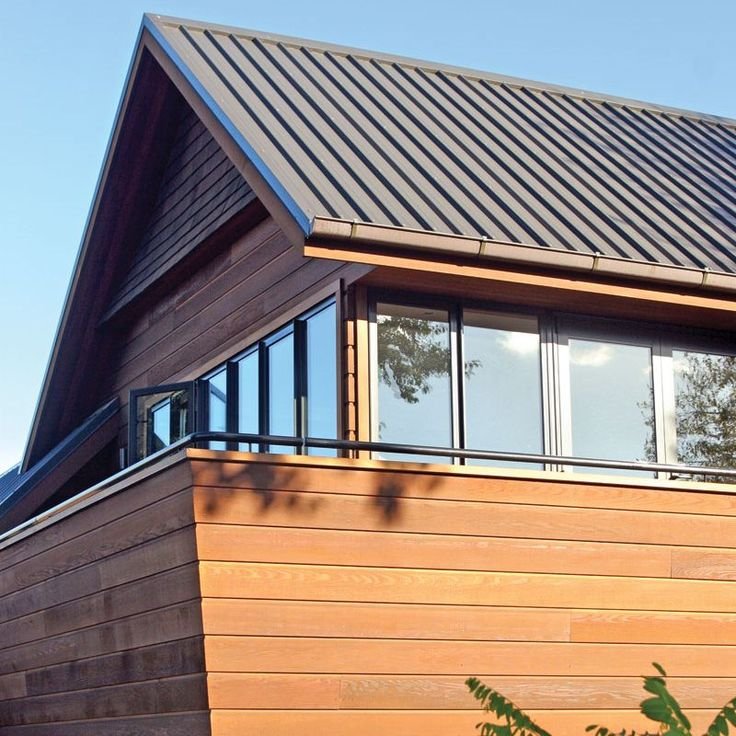Advanced cladding systems are sophisticated exterior wall systems designed to enhance building performance and aesthetics. They move beyond basic cladding materials like wood or brick and incorporate innovative technologies and materials to achieve superior insulation, weather resistance, and design flexibility. These systems often include specialized components like energy-dissipating panels, advanced insulation materials, and sophisticated connection systems.
Cladding materials and their performance are crucial aspects of building design and construction. Materials like metal (aluminum, steel, zinc), stone, glass, wood, and various composites are used for cladding, each with its own advantages and disadvantages in terms of durability, fire resistance, aesthetics, and cost. Performance considerations include thermal insulation, weather resistance, and fire safety.
Installation refers to the process of setting up or fixing something in place, while workmanship describes the skill and quality of the work performed. High-quality installation and workmanship are crucial for ensuring the proper functioning, longevity, and safety of a product or system.
Fire and safety compliance involves adhering to regulations and standards designed to prevent fires and ensure the safety of occupants in a building or workplace. This includes implementing fire prevention measures, maintaining fire safety systems, and ensuring proper emergency preparedness. It's a legal requirement and a moral obligation for businesses to protect their employees, customers, and the community.
Sustainability in cladding systems focuses on using eco-friendly materials and innovative designs to reduce environmental impact, improve energy efficiency, and promote a circular economy. This includes materials like recycled metals, natural stone, and FSC-certified wood, as well as innovative solutions like solar-integrated cladding and reflective coatings.





